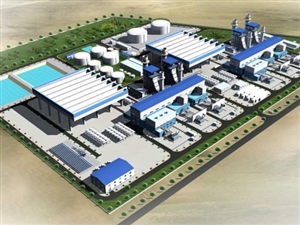Hi All
I was working on a power station in Oman last month and it was gas fired with condensing steam turbines - no evaporation. This week I'm working on a coal fired one in Poland, which has cooling towers and evaporation. Is it something to do with the gas or just that they have no water in Oman?
Thanks
Stephen

